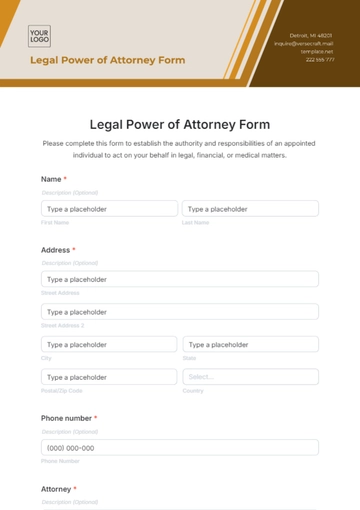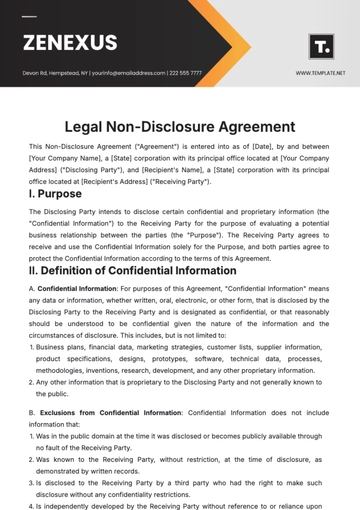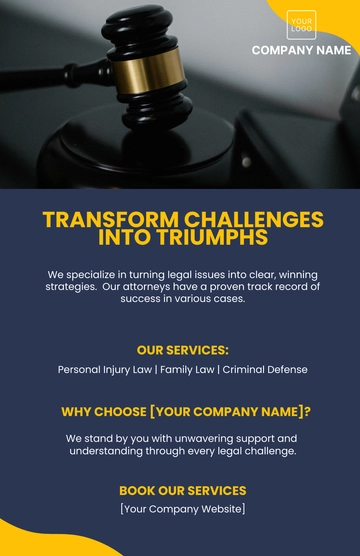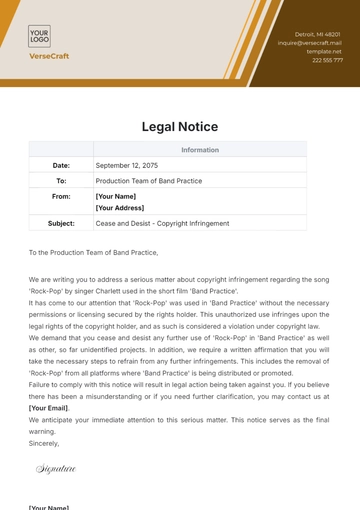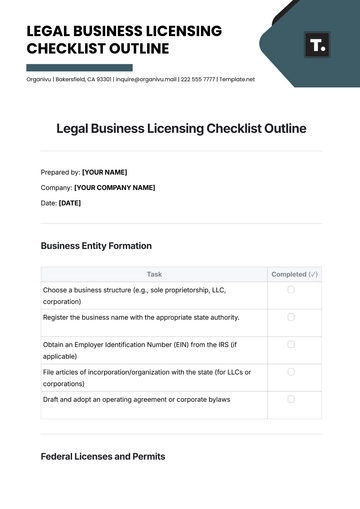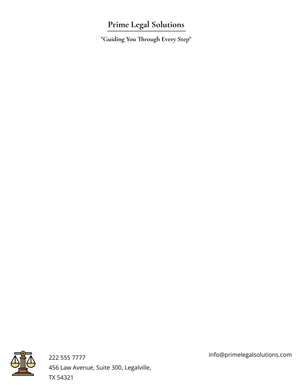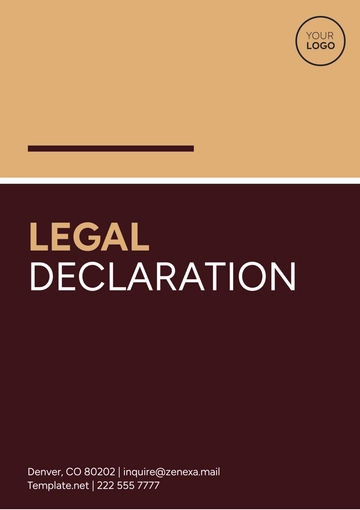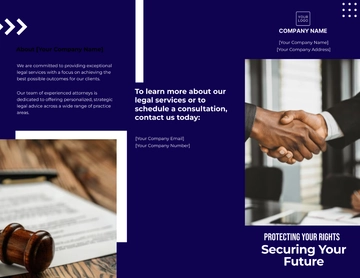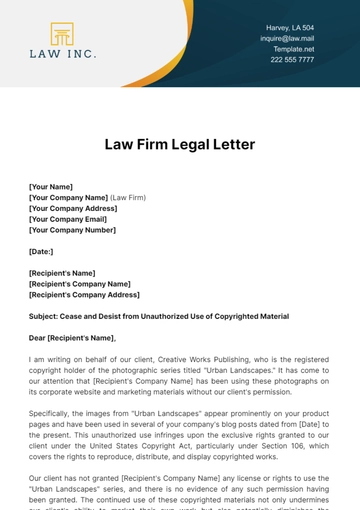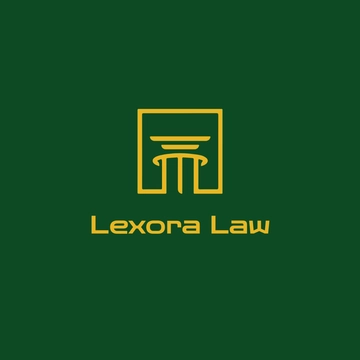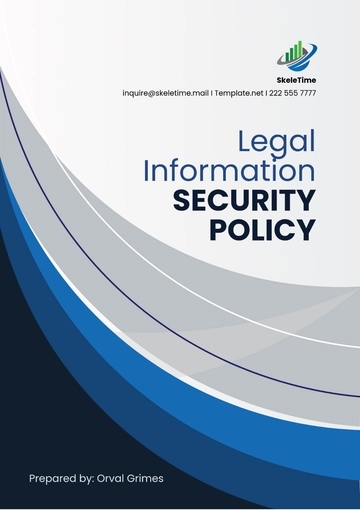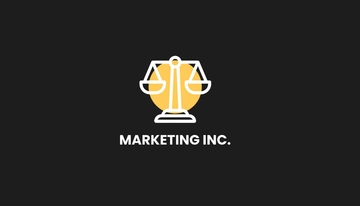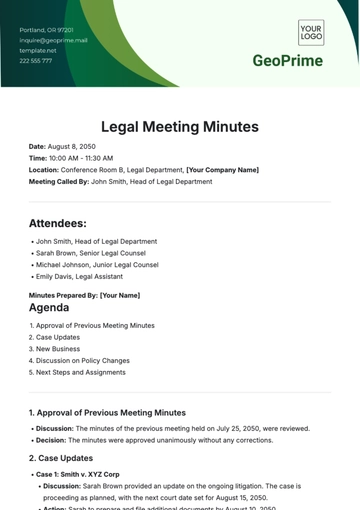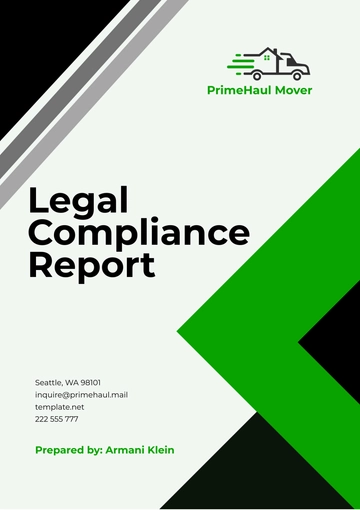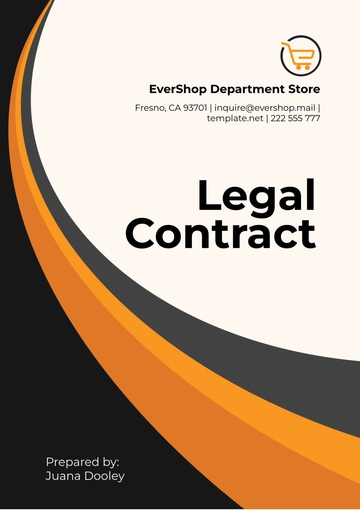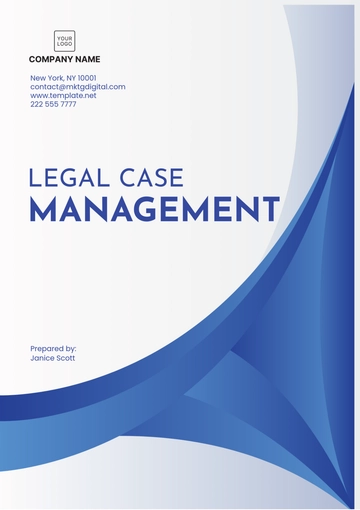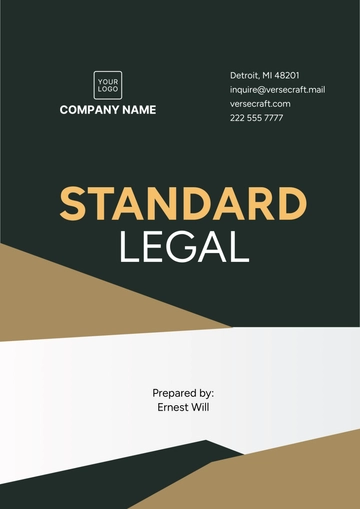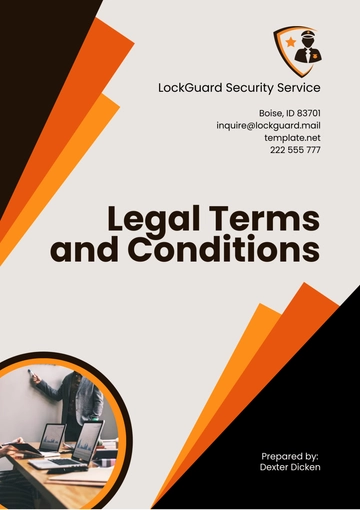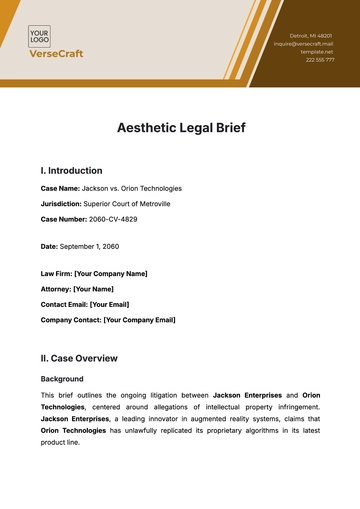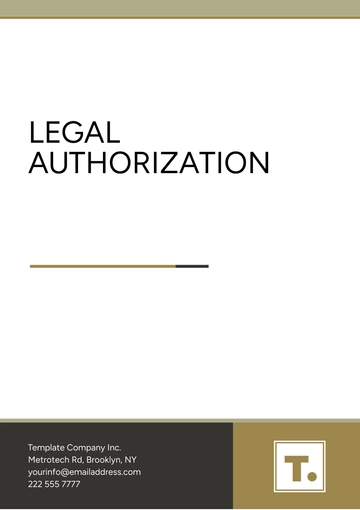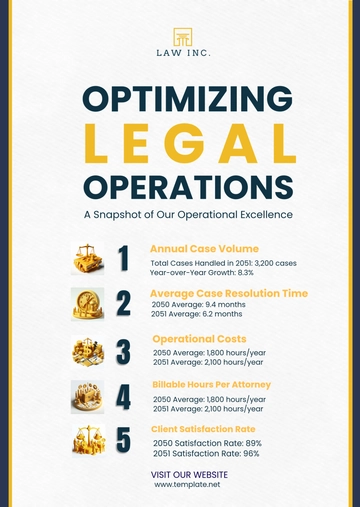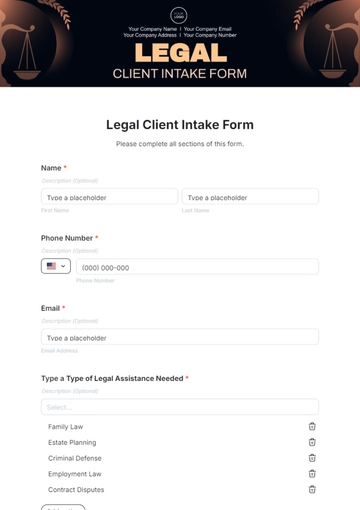Free Legal Corporate Audit Preparation Guide
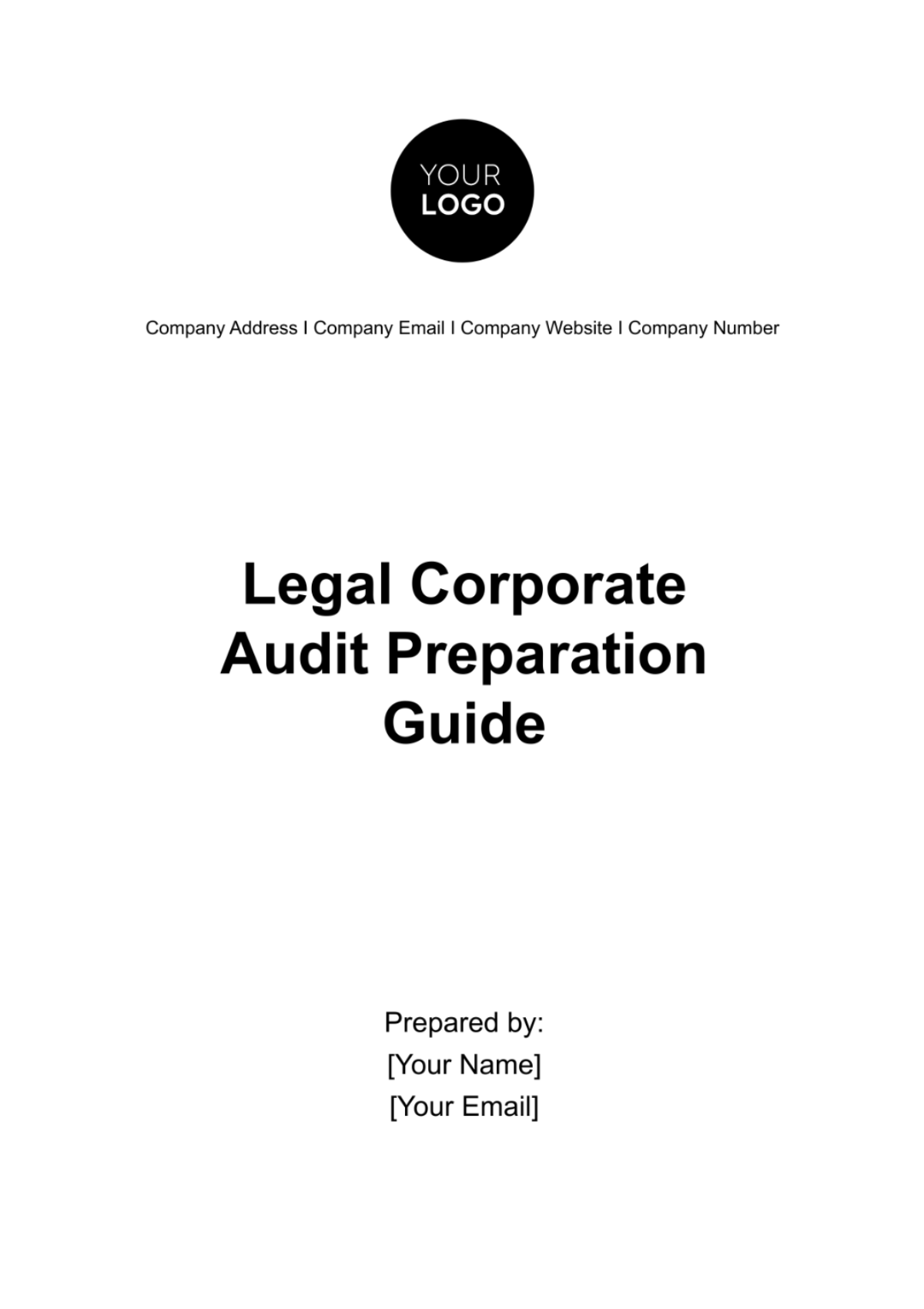
I. Purpose of Guide
This Guide is crafted to equip our employees with the necessary tools and knowledge to effectively prepare for and navigate through the audit process. It serves to streamline audit preparations, ensure compliance with all relevant laws and regulations, and uphold our commitment to transparency and accountability. By following the structured approach outlined in this guide, we aim to minimize the stress and resources associated with audits, while also leveraging these opportunities to strengthen our governance, risk management, and internal control systems.
II. Understanding Audits
A. Importance of Audits
Audits are a critical component of our corporate governance framework, providing an objective assessment of our operational, financial, and compliance practices. They help us identify areas of improvement, ensure accountability, and maintain the trust of our stakeholders. Through audits, we can verify the accuracy of our financial statements, assess the effectiveness of our internal controls, and ensure compliance with legal and regulatory requirements. This process not only supports our commitment to excellence but also strengthens our market integrity and stakeholder confidence.
B. Types of Audits
Audits come in various forms, each serving a specific purpose and contributing to our overall risk management strategy. Below is a table outlining the common types of audits and their respective purposes:
Type of Audit | Purpose |
Financial Audit | To verify the accuracy and completeness of our financial records and ensure that our financial statements are prepared in accordance with generally accepted accounting principles (GAAP). |
Compliance Audit | To assess our adherence to legal and regulatory requirements, ensuring that our operations comply with laws, guidelines, and industry standards. |
Operational Audit | To evaluate the efficiency and effectiveness of our operational processes and procedures, identifying areas for improvement in performance and productivity. |
Information Technology (IT) Audit | To examine the controls around our information systems and technology infrastructure, ensuring the integrity, confidentiality, and availability of our data. |
III. Audit Preparation Team
The success of our audit preparation efforts hinges on the coordination and collaboration of our Audit Preparation Team. This team is responsible for leading the audit preparation process, coordinating with various departments, and ensuring that all aspects of our operations are ready for the audit.
Role | Responsibilities |
Audit Preparation Team Lead | Oversees the audit preparation process, coordinates team activities, and serves as the primary liaison with external auditors. |
Financial Analyst | Gathers and reviews financial documents, ensures accuracy of financial records, and assists in preparing financial statements. |
Compliance Officer | Reviews compliance with legal and regulatory requirements, updates compliance documentation, and addresses compliance-related queries. |
Operations Manager | Ensures operational procedures are documented and efficient, and prepares operational areas for audit review. |
IT Specialist | Reviews IT controls and security measures, prepares IT systems for audit, and addresses technology-related audit inquiries. |
IV. Pre-Audit Preparation
A. Understanding Audit Requirements
Properly understanding the requirements of an upcoming audit is essential for effective preparation. This understanding enables us to align our internal processes with the expectations of the auditors, ensuring a smooth audit process.
Review Audit Notifications: Carefully review any notifications or communication from auditors to understand the scope, focus areas, and specific requirements of the audit.
Consult Previous Audit Reports: Examine reports from previous audits to identify areas of concern or recurring issues that may receive additional scrutiny.
Gather Regulatory Guidelines: Collect and review relevant regulatory guidelines and standards that pertain to our industry and the specific areas being audited.
Coordinate with Departments: Communicate with various departments to ensure they understand their role in the audit process and the information they need to provide.
B. Document and Record Management
Effective document and record management is a cornerstone of audit preparation, ensuring that necessary documentation is readily available and compliant with regulatory requirements.
Implement a Document Management System: Utilize a document management system for organizing, storing, and retrieving documents efficiently.
Maintain Documentation Regularly: Keep all business documents, such as contracts, financial records, and compliance paperwork, up to date and readily accessible.
Follow Retention Policies: Adhere to established document retention policies, typically requiring the retention of financial records for 7 years, employment records for 5 years, and compliance documents for a minimum of 10 years, depending on regulatory requirements.
Secure Sensitive Information: Ensure that sensitive documents are securely stored and access is controlled to protect confidentiality.
C. Risk Assessment
Conducting a risk assessment prior to an audit helps identify and address areas that may pose the greatest risk of non-compliance or financial misstatement.
Criteria | Assessment Scale |
Financial Impact | High / Medium / Low |
Compliance Impact | High / Medium / Low |
Operational Impact | High / Medium / Low |
Reputational Impact | High / Medium / Low |
V. Implementing Internal Controls
A. Financial Reconciliations
Financial reconciliations are a critical control activity aimed at ensuring the accuracy and integrity of our financial records. This process involves comparing internal records with external transactions and balances to verify their consistency and correctness. To carry out financial reconciliations effectively:
Regular Schedule: Establish a regular schedule for reconciliations, typically monthly or quarterly, to promptly identify and correct discrepancies.
Segregate Duties: Ensure that the person responsible for the reconciliation is different from those who handle or record transactions, to provide an independent review.
Document Procedures: Clearly document the reconciliation procedures, including the steps to be followed, the accounts to be reconciled, and the documentation required for verification.
Review and Approval: All reconciliations should be reviewed and approved by a supervisor or manager, who verifies the accuracy of the reconciliation and the resolution of any discrepancies.
Resolve Discrepancies: Promptly investigate and resolve any discrepancies identified during the reconciliation process, adjusting the financial records as necessary.
B. Operational Audits
Operational audits examine the efficiency and effectiveness of our operational processes and procedures. These audits help identify opportunities for improvement and ensure that operations align with our strategic objectives. To conduct operational audits:
Define Scope and Objectives: Clearly define the scope and objectives of the audit, focusing on areas that are critical to our operations and where improvements could have a significant impact.
Use Cross-Functional Teams: Involve cross-functional teams in the audit process to provide a broad perspective on the operations and to foster a culture of continuous improvement.
Gather and Analyze Data: Collect relevant data on operational processes, including workflow diagrams, process metrics, and employee feedback. Analyze this data to identify bottlenecks, inefficiencies, or areas of risk.
Recommend Improvements: Based on the audit findings, recommend improvements to processes, systems, or controls. These recommendations should be specific, actionable, and aligned with our strategic goals.
Implement and Monitor: Work with relevant departments to implement the recommended improvements. Establish metrics to monitor the impact of these changes on operational efficiency and effectiveness.
VI. Compliance Review and Documentation
Conducting a thorough compliance review and maintaining comprehensive documentation are key components of our audit preparation process. This ensures that we not only comply with legal and regulatory requirements but also have the necessary evidence to demonstrate our compliance efforts during audits.
Identify Applicable Regulations: Begin by identifying all legal and regulatory requirements relevant to our operations. This includes industry-specific regulations, labor laws, financial reporting standards, and any other applicable legal obligations.
Review Current Compliance Status: Assess our current compliance status by reviewing existing policies, procedures, and controls against the identified legal and regulatory requirements. Identify any areas of non-compliance or potential risk.
Update Compliance Policies: Based on the review, update or develop new compliance policies and procedures as necessary to address any gaps or areas of non-compliance. Ensure that these policies are in alignment with current laws and best practices.
Document Compliance Efforts: Maintain detailed documentation of our compliance efforts, including policy updates, training records, compliance assessments, and corrective actions taken. This documentation serves as evidence of our proactive approach to compliance management.
Monitor and Report Compliance: Implement ongoing monitoring mechanisms to ensure continuous compliance and report regularly on compliance status to senior management. This includes setting up compliance metrics or indicators that can be tracked over time.
VII. Employee Training and Awareness
Ensuring that our employees are well-informed about audit processes, compliance requirements, and the importance of internal controls is crucial for maintaining a culture of compliance and accountability. Our training and awareness programs are designed to equip employees with the knowledge and skills necessary to contribute positively to our audit preparation efforts and overall compliance posture.
Program | Target Audience | Objective | Frequency |
Compliance Orientation | New Employees | To introduce new employees to our compliance policies, procedures, and their individual compliance responsibilities. | Upon hire |
Annual Compliance Refresher | All Employees | To update employees on any changes to compliance policies and regulations, and reinforce the importance of compliance in daily operations. | Annually |
Role-Specific Compliance Training | Employees in Key Roles | To provide detailed, role-specific training on compliance issues and internal controls relevant to specific positions within the organization. | As needed |
Internal Controls Workshop | Managers and Supervisors | To educate managers and supervisors on internal controls, risk management, and their roles in ensuring compliance and preparing for audits. | Bi-annually |
Audit Process Seminar | Employees involved in Audit Preparation | To familiarize employees directly involved in audit preparation with the audit process, expectations, and best practices for successful audit outcomes. | Prior to audit cycles |
VIII. External Audit Coordination
A. Selecting an Auditor
Choosing the right external auditor is a critical decision that can significantly impact the effectiveness and efficiency of the audit process. The auditor should possess not only the necessary expertise and qualifications but also an understanding of our industry and business model.
Evaluate Expertise and Experience: Consider auditors with a proven track record in our industry and with businesses of a similar scale and complexity.
Assess Independence and Objectivity: Ensure the auditor has no conflicts of interest that could impair their independence or objectivity.
Consider Reputation and References: Research the auditor's reputation in the market and request references from other clients, particularly those in similar industries or with similar business structures.
Review Audit Methodology: Understand the auditor's approach to conducting audits, including their use of technology, to ensure it aligns with our expectations and needs.
Discuss Communication and Reporting Practices: Ensure the auditor's communication style and reporting practices will meet our requirements for transparency and clarity.
B. Preparing for Auditor Engagement
Engaging effectively with the external auditor is essential for a smooth audit process. Preparation is key to ensuring that the audit is conducted efficiently and with minimal disruption to our operations.
Compile Necessary Documentation: Gather all relevant financial statements, compliance documentation, and other records that the auditor may require.
Schedule Initial Meetings: Arrange kickoff meetings with the auditor to discuss the scope of the audit, timelines, and any areas of focus or concern.
Communicate Internally: Inform relevant departments and employees about the upcoming audit and their roles in supporting the process.
Review Previous Audit Findings: Examine findings from previous audits to address any unresolved issues and prepare explanations or updates on progress.
Designate Contact Persons: Assign specific individuals who will serve as points of contact for the auditor, facilitating requests for information and clarification.
IX. Post-Audit Actions
A. Review Audit Findings
Once the audit is completed, it is crucial to thoroughly review the findings and understand their implications. This involves meeting with the auditor to discuss the results, clarifying any issues or concerns, and developing a clear understanding of any identified weaknesses or areas for improvement.
B. Implementing Recommendations
The audit findings and recommendations provide valuable insights into areas where we can enhance our operations, compliance, and financial reporting. Implementing these recommendations is essential for continuous improvement.
Prioritize Actions: Evaluate the recommendations based on their impact and urgency, prioritizing actions to address the most critical issues first.
Develop an Action Plan: Create a detailed action plan for implementing the recommendations, including timelines, responsibilities, and resources required.
Communicate the Plan: Share the action plan with relevant stakeholders and departments, ensuring everyone understands their role in the implementation process.
Monitor Progress: Establish regular check-ins or monitoring mechanisms to track the progress of implementing the recommendations and ensure timely completion.
Update Policies and Procedures: Revise internal policies and procedures as necessary to reflect changes made in response to the audit findings.
- 100% Customizable, free editor
- Access 1 Million+ Templates, photo’s & graphics
- Download or share as a template
- Click and replace photos, graphics, text, backgrounds
- Resize, crop, AI write & more
- Access advanced editor
The Legal Corporate Audit Preparation Guide Template from Template.net is designed to streamline the audit process for businesses facing legal scrutiny. This editable and customizable template lays out a comprehensive plan for audit readiness, ensuring thorough preparation. Editable in our AI Editor tool, it serves as an essential guide for companies to organize and present necessary documents and information efficiently, aiming for a successful audit outcome.
